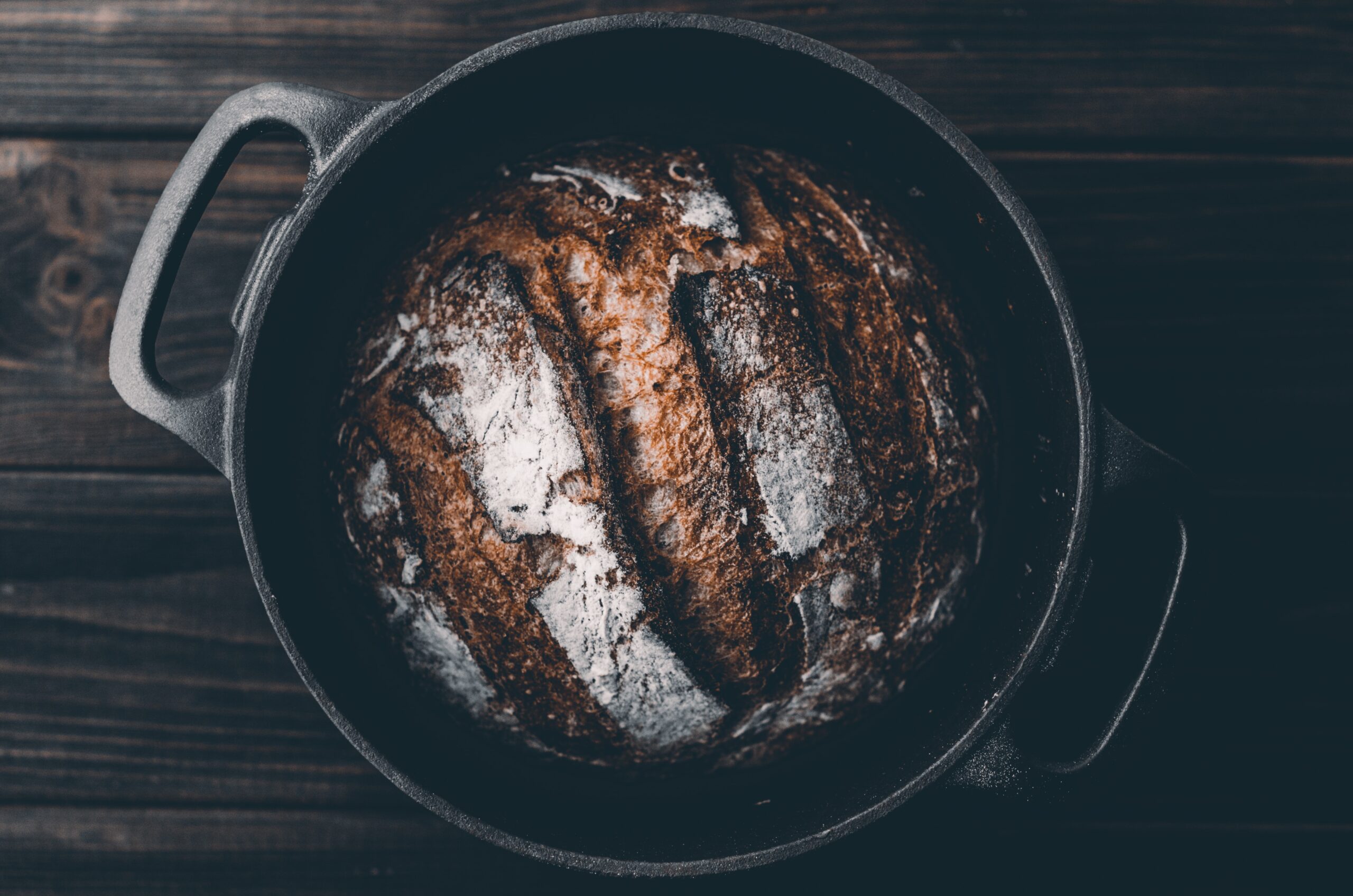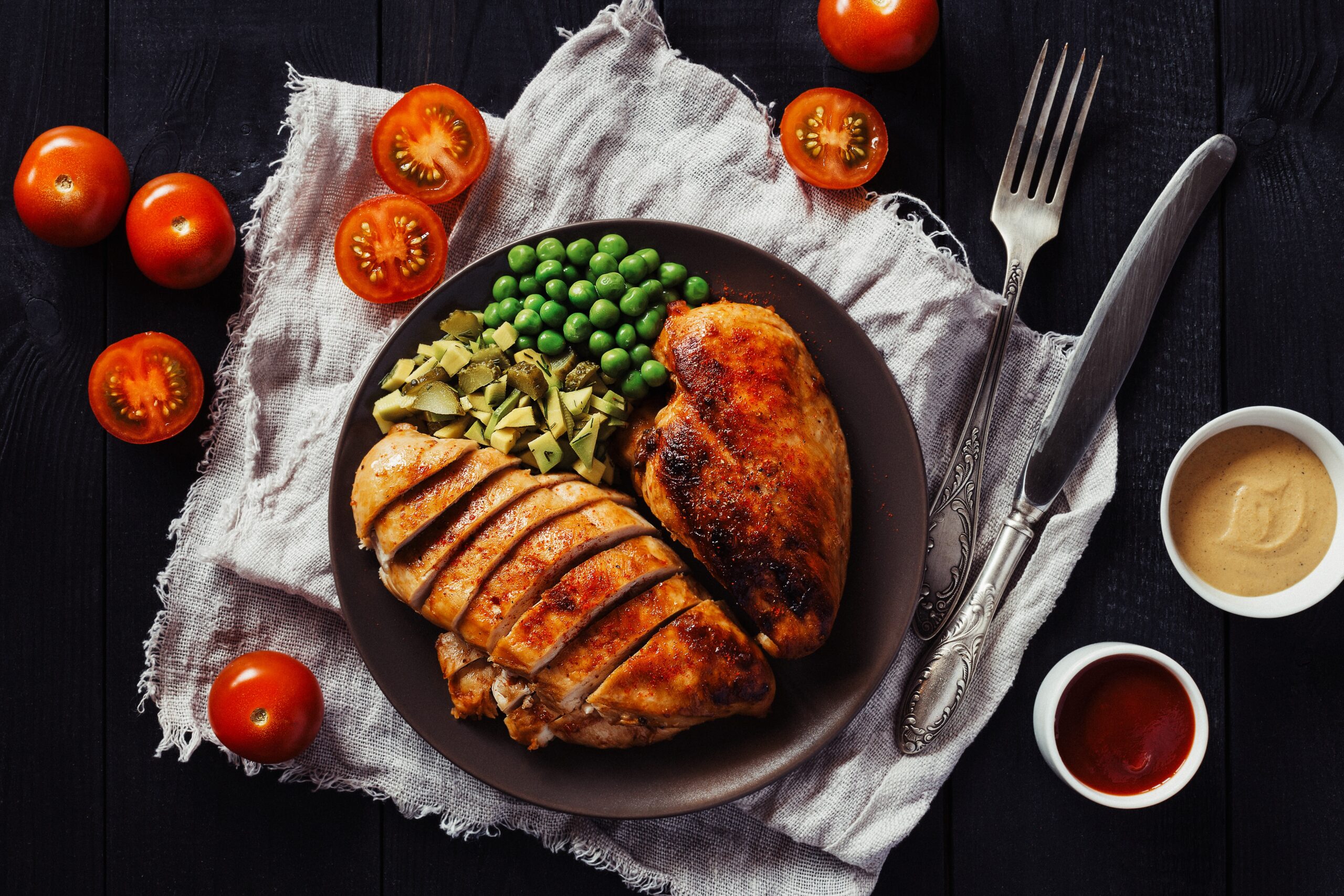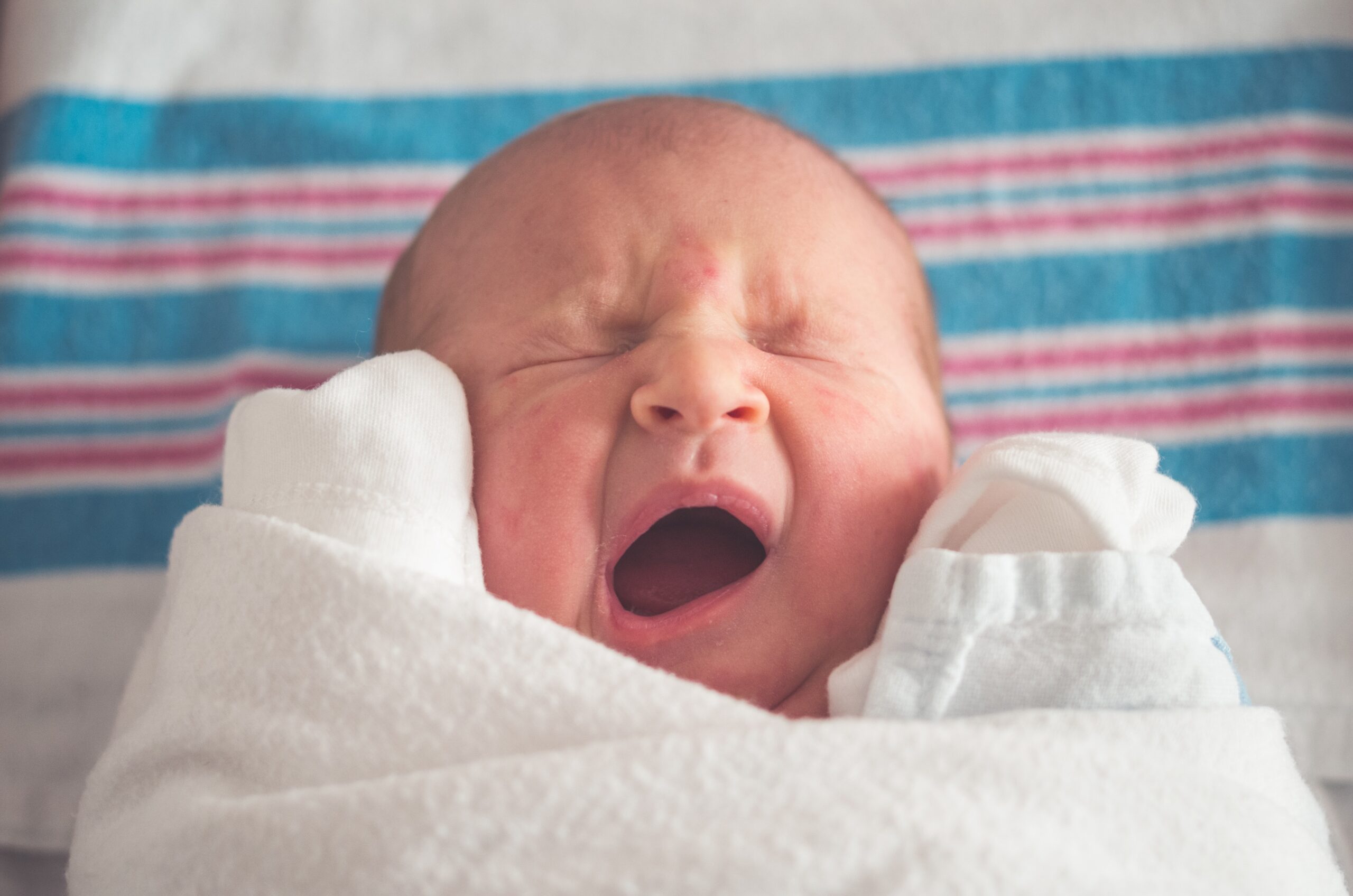How Long to Bake Salmon? Your Ultimate Guide to Perfectly Cooked Fish

Preheat your oven to 450 degrees Fahrenheit.
- How Long to Bake Salmon? Your Ultimate Guide to Perfectly Cooked Fish
- Is it better to bake salmon at 350 or 400?
- Do you cover salmon when baking?
- Is it better to overcook or undercook salmon?
Begin by seasoning the salmon with a pinch of salt and pepper. Place the salmon, skin side down, either on a non-stick baking sheet or in a non-stick pan with an oven-proof handle. Allow the salmon to bake until it reaches a delightful tenderness, typically around 12 to 15 minutes. For a perfect pairing, serve the salmon alongside the Toasted Almond Parsley Salad and, if desired, some squash.
To prepare the Toasted Almond Parsley Salad:
- Mince the shallot and transfer it to a small bowl. Pour the vinegar over the shallots, adding a pinch of salt, and let it sit for approximately 30 minutes.
- Roughly chop the capers, parsley, and almonds before adding them to the shallots.
- Introduce olive oil gradually, tasting as you go, until the desired balance is achieved.
- Mix the ingredients thoroughly and fine-tune the seasonings according to your taste preferences. Enjoy this delightful salad as a complement to the succulent salmon dish.
Is it better to bake salmon at 350 or 400?
An ideal baking temperature for salmon is 400°F (205°C), ensuring that the fish achieves a beautiful color while the skin turns delightfully crispy. For a milder cooking approach, you have the option to bake it at 350°F (175°C) for approximately 20-25 minutes until fully cooked. Opting for a slightly higher temperature, such as 425°F (215°C), produces tender and creamy fillets that cook quickly. Even thicker fillets require only about four to six minutes per half-inch. Given that most fillets are around one inch thick at the thickest part, a check after eight minutes is recommended. The readiness of the salmon is indicated when the flesh begins to flake upon fork piercing, and its color turns opaque.
For those who prefer a firm yet silky texture, aim for an internal temperature of 125 degrees Fahrenheit (51 degrees Celsius) at the center of the thickest part of the fillet. However, wild salmon, being leaner and more prone to drying out, should be cooked to 120 degrees Fahrenheit (48 degrees Celsius). Achieving this temperature typically involves baking or grilling for four to six minutes per side. While the USDA suggests a minimum internal temperature of 145 degrees F (62.8 degrees C) for fish, many find that salmon tends to be overcooked at this point. To prevent overcooking, consider reaching an internal temperature of 130°F (55°C) and allowing the salmon to rest for 5 minutes after being removed from the heat source. This ensures a perfect balance of tenderness and flavor without the risk of overcooking.
Do you cover salmon when baking?
Salmon often takes a top spot on the list of preferred meals for many, known for its quick and even cooking, along with its crowd-pleasing qualities. It’s a hassle-free option with minimal cleanup, bursting with flavor and rich in omega-3s, making it a reliable choice for dinner, as Healthline notes.
Various cooking methods can be employed for salmon, ranging in difficulty and convenience. Grilling, though flavorful, can be tricky, making it suitable for experienced chefs or laid-back summer evenings. If you’re equipped with an air fryer and the know-how, achieving a juicy piece of fish is easily within reach.
However, the trusty oven remains a dependable and straightforward choice. The question often arises: should you cover salmon when baking in the oven? Contrary to some beliefs, covering salmon is not necessary. While it might make sense to think that covering would expedite the cooking process by trapping heat, this holds true for certain dishes like casseroles, not salmon. Moist foods benefit from steam retention for even and rapid heating, but this principle doesn’t apply to drier dishes like salmon or roast chicken. Leaving the lid off allows for a crispy exterior and a tender interior, avoiding the undesirable outcome of soggy salmon.
For optimal results, Healthy Recipes recommends baking salmon uncovered, with a meat thermometer on hand to prevent overcooking. Fish cooks swiftly, so monitoring the internal temperature is crucial. Once it reaches 145 degrees Fahrenheit, your salmon is ready. While a fork check is an option, a meat thermometer offers more precision for a perfectly cooked dish. Keep an eye on the clock, as the baking time varies based on your oven and fillet size.
Is it better to overcook or undercook salmon?
It’s not unusual for individuals to savor salmon with a slightly rare center, but the consumption of any undercooked protein poses inherent health risks. Understanding these risks is crucial for home cooks to make informed decisions about their preparation and enjoyment.
While adhering to good food safety practices can mitigate the risk of foodborne illnesses associated with undercooked salmon, certain populations, such as pregnant individuals or those following a low-microbial diet, should strictly avoid underdone salmon. Opting for fully cooked salmon is the most effective way to minimize the risk of contracting a foodborne illness, a rule that applies not only to salmon but also to meat, poultry, eggs, and shellfish.
Can you consume undercooked salmon? It is never entirely safe to eat undercooked salmon due to the increased likelihood of foodborne illnesses. Bacteria causing these illnesses thrive in undercooked temperatures, typically ranging from 40°F to 140°F. Sticking to fully cooked salmon is the best practice to reduce the risk of foodborne illness.
The question of whether salmon is better medium or well-done depends on personal preference and health considerations. Cooking salmon to the recommended internal temperature of 145°F, especially lean wild salmon, may result in a tougher and drier texture. On the other hand, wild salmon cooked to a medium-rare doneness (120 to 125°F) is flaky and moist. While temperatures below 145°F are considered underdone from a food safety perspective, individuals in good health may choose to cook salmon to their desired doneness for optimal flavor and texture.
Regardless of the preferred cooking level, if aiming for 145°F, there are simple tips to keep the fillet moist. It’s crucial to recognize when wild salmon, which cooks faster than farmed varieties, has reached the desired level of doneness.
Note: The consumption of raw or undercooked meats, poultry, seafood, shellfish, or eggs may heighten the risk of foodborne illness, particularly for those with certain medical conditions. The FDA recommends an internal temperature of 145°F for cooked fish.

